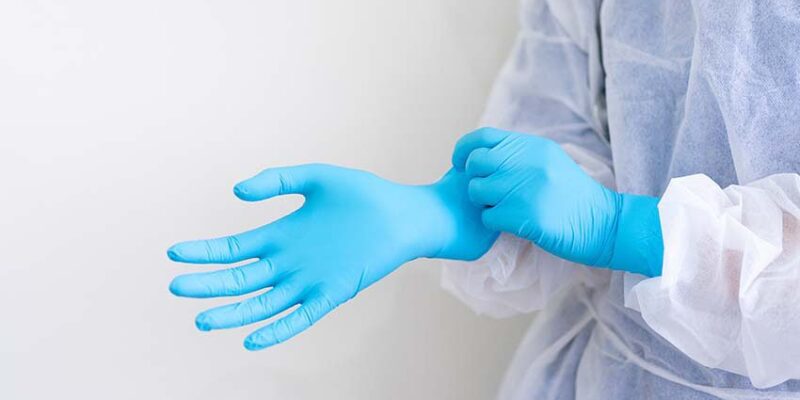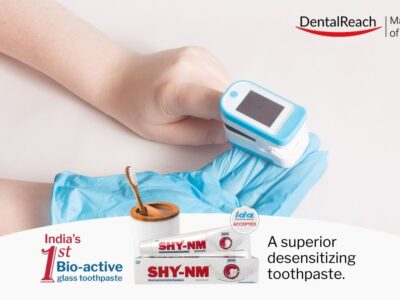CDC investigators urge that there needs to be a national standard for measuring the effectiveness of personal protective equipment at its most vulnerable spot—the wrist.
Proper donning and doffing of personal protective equipment (PPE) lowers the chance of spreading pathogens in a hospital or other health care facility. It involves several steps, but it’s worth doing well because the equipment protects patients and health care workers from the many deadly pathogens that may strike. COVID-19 and its variants aren’t the only dangers that health care professionals have to deal with.
The Centers for Disease Control and Prevention (CDC) offers health care professionals a step-by-step guide for how best to don and doff PPE. And as the CDC’s National Institute for Occupational Safety and Health (NIOSH) points out, the various parts of PPE might come from different sources—or manufacturers—and that presents a problem.
They may not fit as snugly as they should. “A particularly vulnerable area is where the glove and gown meet: the glove-gown interface,” NIOSH points out. “This interface is considered one of the weakest areas because gaps can occur, allowing infectious fluids to seep through to the skin.”
Recently, CDC investigators measured just how much pathogenic leakage can occur at the interface. Their findings, published in the American Journal of Infection Control (AJIC), led them to conclude that there needs to be a national standard developed for measuring the safety of the glove-gown interface. That standard must take into account the different design factors of the different models of gloves and gowns.
Beau Wangtrakuldee, PhD, the CEO, and founder of a company called AmorSui, told Infection Control Today® in a Q&A in March that “in the health care industry in general, small sizes are typically based on Caucasian males, so once you get to women who truly have smaller frames there are no products available for them.”
The CDC investigators in the AJIC study evaluated “the fluid leakage through the glove-gown interface by simulating exposures and HCP [health care personnel] arm movements in patient care. We tested fluid leakage of two examination gloves with different cuff lengths and seven isolation gown models designed with varying levels of barrier resistance and multiple cuff types.”
The CDC investigators found that gowns with a thumb loop design provided the best protection. Next came the elastic cuff design. And then the knit cuff design. But they didn’t think that any of the designs provided the proper protection because they found substantial leakage through gown fabrics.
They concluded that there’s “a need to develop a standardized method to evaluate leakage at the glove-gown interface to improve worker protection.”
That conclusion mirrors what NIOSH says about the glove-gown interface.
“Despite this concern, the glove-gown interface has received little research attention, so minimal guidance is available on how to prevent gaps. Furthermore, no standardized test currently exists to evaluate leakages in new products.”
SOURCE: Infection Control Today

















Comments